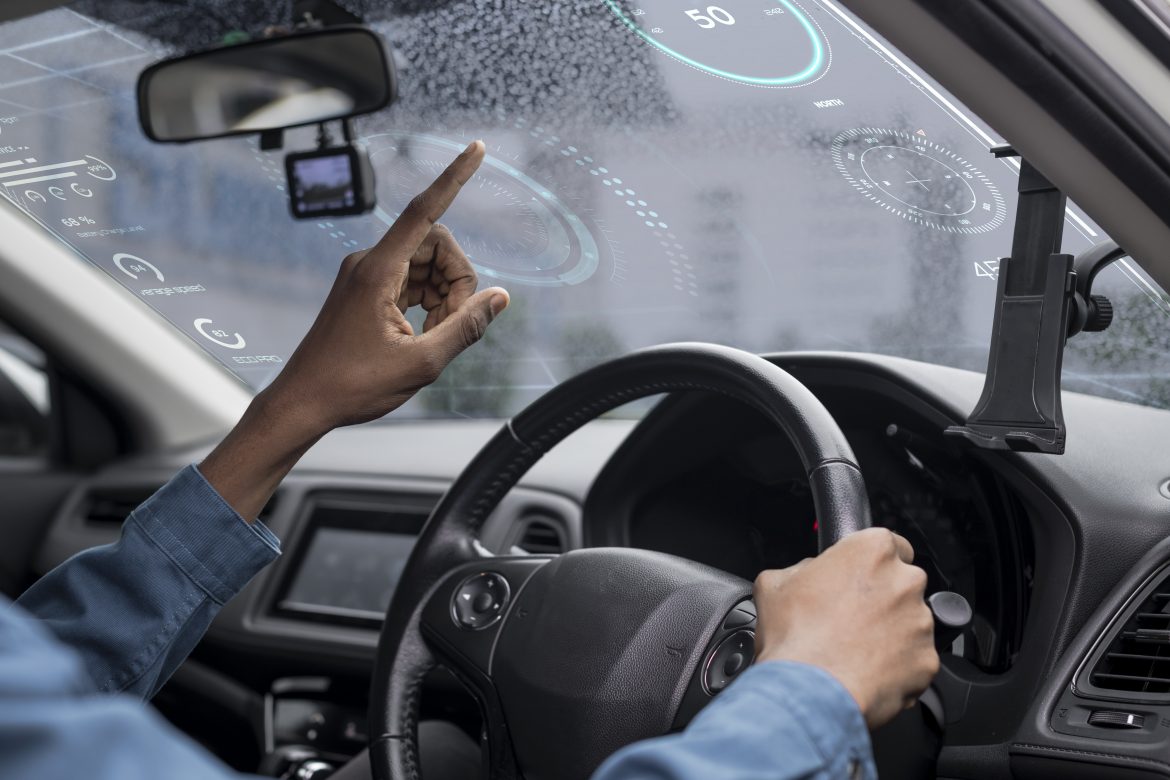Introduction: The automotive industry is in the midst of a transformative era, marked by groundbreaking innovations, shifting consumer preferences, and unprecedented technological advancements. From electric vehicles and autonomous driving to sustainable manufacturing and digital retail experiences, the future of automotive is brimming with possibilities. In this blog post, we’ll explore 10 unique trends shaping the automotive landscape and driving the industry forward.
- The Impact of Electric Vehicles on the Automotive Industry: Trends and Future Prospects Electric vehicles (EVs) have emerged as a disruptive force in the automotive industry, offering cleaner, more sustainable transportation options. With advancements in battery technology, charging infrastructure, and government incentives, EV adoption is on the rise worldwide. From luxury sedans to compact city cars, automakers are racing to electrify their vehicle lineups, paving the way for a greener and more efficient future of mobility.
- Innovations in Autonomous Driving Technology: Navigating the Road to Self-Driving Cars Autonomous driving technology promises to revolutionize the way we travel, offering safer, more efficient, and convenient transportation solutions. From advanced driver-assistance systems (ADAS) to fully autonomous vehicles, automakers and tech companies are investing heavily in developing and testing autonomous technologies. While significant progress has been made, challenges remain in achieving widespread adoption and regulatory approval.
- Exploring the Evolution of Car Design: From Classic to Futuristic Concepts Car design is undergoing a renaissance, blending timeless aesthetics with cutting-edge technology to create vehicles that are both stylish and functional. From retro-inspired classics to futuristic concepts, automakers are pushing the boundaries of design innovation, incorporating lightweight materials, aerodynamic shapes, and customizable features. The result is a diverse array of vehicles that cater to every taste and lifestyle.
- The Rise of Subscription-Based Car Ownership: A New Model for Mobility Subscription-based car ownership is gaining traction as a flexible and convenient alternative to traditional ownership models. With subscription services, consumers can access a fleet of vehicles for a monthly fee, enjoying the benefits of ownership without the long-term commitment. This trend reflects a shift towards on-demand mobility solutions, offering greater flexibility and affordability for urban dwellers and tech-savvy consumers.
- Revolutionizing Urban Mobility: The Role of Micro-Mobility Solutions in City Transportation Micro-mobility solutions such as electric scooters, bikes, and shared mobility platforms are transforming urban transportation, offering eco-friendly and efficient alternatives to traditional modes of travel. These compact and agile vehicles are well-suited for short-distance trips in congested city centers, reducing traffic congestion, air pollution, and carbon emissions. As cities embrace sustainable mobility initiatives, micro-mobility solutions are playing an increasingly vital role in shaping the future of urban transportation.
- The Intersection of Automotive and Environmental Sustainability: Green Initiatives in the Industry Environmental sustainability has become a key focus for automakers, driving innovation in eco-friendly vehicle technologies and sustainable manufacturing practices. From hybrid and electric powertrains to recycled materials and energy-efficient production methods, automakers are prioritizing sustainability throughout the entire vehicle lifecycle. By reducing carbon footprints and minimizing environmental impact, the automotive industry is leading the charge towards a more sustainable future.
- Next-Generation Materials in Automotive Manufacturing: Lightweight Solutions for Fuel Efficiency Lightweight materials such as carbon fiber, aluminum, and advanced composites are revolutionizing automotive manufacturing, offering significant weight savings and fuel efficiency gains. These next-generation materials are not only stronger and more durable than traditional steel but also more environmentally friendly, reducing vehicle emissions and improving overall performance. As automakers seek to meet stringent fuel economy standards and consumer demand for greener vehicles, lightweight solutions are becoming increasingly essential in vehicle design and production.
- The Future of Car Connectivity: Advancements in Infotainment Systems and Smart Features Car connectivity is evolving rapidly, with vehicles becoming increasingly integrated with digital devices and online services. Advanced infotainment systems, voice-activated assistants, and smartphone integration are enhancing the driving experience, providing seamless access to navigation, entertainment, and communication features. With the advent of 5G connectivity and internet-of-things (IoT) technology, cars are transforming into connected hubs, offering endless possibilities for productivity, entertainment, and convenience on the road.
- Transforming the Automotive Retail Experience: Digitalization and Online Car Buying Platforms The automotive retail experience is undergoing a digital transformation, with online car buying platforms and virtual showrooms redefining the way consumers shop for vehicles. From browsing inventory and scheduling test drives to completing transactions entirely online, consumers now have greater flexibility and convenience in the car-buying process. Automakers and dealerships are embracing digitalization to enhance customer engagement, streamline operations, and adapt to changing consumer preferences in an increasingly digital marketplace.
- Addressing Cybersecurity Challenges in Connected Cars: Protecting Vehicle Data and Systems As vehicles become more connected and autonomous, cybersecurity is emerging as a critical concern for the automotive industry. Connected cars are vulnerable to cyber threats such as hacking, malware, and data breaches, posing risks to vehicle safety, privacy, and security. Automakers and cybersecurity experts are working collaboratively to develop robust security measures and protocols to safeguard vehicle data and systems from cyber attacks. By prioritizing cybersecurity, the automotive industry can ensure that connected cars remain safe, secure, and resilient in the face of evolving threats.
Conclusion: The automotive industry is on the cusp of a revolution, driven by innovation, technology, and changing consumer expectations. From electric vehicles and autonomous driving to sustainable manufacturing and digital retail experiences, the future of automotive is poised to be both exciting and transformative. By embracing these trends and innovations, automakers can navigate the evolving landscape and position themselves for success in the dynamic and competitive world of mobility.



